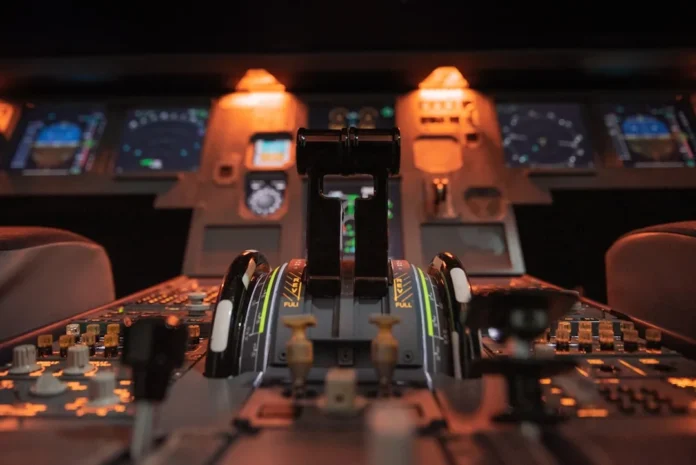Estimated Elapsed Time (ICAO), commonly abbreviated as EET, is a fundamental timing parameter used in aviation to calculate the expected duration an aircraft will take to travel between two specific points, such as waypoints, fixes, or sectors on a route. This measurement, defined by the International Civil Aviation Organization (ICAO), plays a crucial role in flight planning, air traffic control communications, and overall operational efficiency. EET provides an exact interval from the point of crossing an entry fix to the time an aircraft is anticipated to pass over an exit fix or the next waypoint.
The concept of Estimated Elapsed Time (ICAO) is vital for ensuring precise tracking of aircraft movements through controlled airspace, which directly impacts safety and coordination among ground and airborne systems. By carefully calculating EET, controllers can manage air traffic flow and prevent conflicts in busy airspace. This article explores the technical aspects, applications, and importance of Estimated Elapsed Time (ICAO) in modern aviation operations.
Understanding Estimated Elapsed Time (ICAO) in Aviation
Estimated Elapsed Time (ICAO) refers to the time expected for an aircraft to fly from one designated navigation point to another. In practical terms, it is the interval measured in hours and minutes that an aircrew must consider when planning the route segments within a flight plan. EET is explicitly noted in ICAO flight plans, especially in the section detailing route and timing information, typically expressed in the format hhmm (hours and minutes).
For example, if a flight plan lists an EET of 0130 between two waypoints, it indicates the aircraft is expected to take one hour and thirty minutes to complete that segment, based on prevailing conditions like aircraft performance, wind, and airspace restrictions. The calculation of EET is generally derived from historical flight data and current meteorological information to maximize accuracy. ICAO’s Document 4444, which outlines air traffic management procedures, recommends using EET to enhance the precision of navigation and communication within established flight information regions (FIRs).
The Role and Calculation of Estimated Elapsed Time (ICAO)
Estimated Elapsed Time (ICAO) is critical in air traffic management because it enables controllers to monitor aircraft positions accurately and predict their trajectories. In flight plans, EET is used to synchronize the handoff between different sectors and control centers along the flight route. Control agencies use EET values to estimate when an aircraft will enter and exit their jurisdiction, which helps maintain separation standards and traffic flow. This is especially crucial in busy air corridors such as North Atlantic Tracks or European airspace.
The determination of Estimated Elapsed Time (ICAO) involves several parameters: aircraft cruising speed, wind components (headwind or tailwind), route distance between fixes, and any operational constraints like altitude limitations. For instance, on a 300 nautical mile route segment, an aircraft cruising at 450 knots ground speed with no wind will have an EET of approximately 40 minutes. However, adjustments are made for wind speed; a 30-knot headwind reduces ground speed to 420 knots, increasing EET to roughly 42 minutes.
Applications and Importance of Estimated Elapsed Time (ICAO) in Flight Operations
Estimated Elapsed Time (ICAO) is utilized extensively by pilots, dispatchers, and air traffic controllers to coordinate and manage air traffic safely and efficiently. By incorporating EET values in flight management systems (FMS) and air navigation computer tools, pilots can predict specific waypoint crossing times, which is essential for adhering to air traffic control clearances and maintaining on-time performance.
Moreover, EET has a vital role during contingency planning, such as reroutes or holding patterns. Air traffic control uses updated EETs to reorganize traffic flows dynamically and issue timely instructions to mitigate delays. Furthermore, ICAO standards stipulate that EET data should be transmitted in the flight plan or communicated via ATS messages to ensure all relevant authorities have access to consistent timing information. For a comprehensive overview of ICAO flight planning standards, visit the official ICAO website here.
For More: What is RFS in Aviation? (Random Field Sequencing)




